#Mason jars
Photo
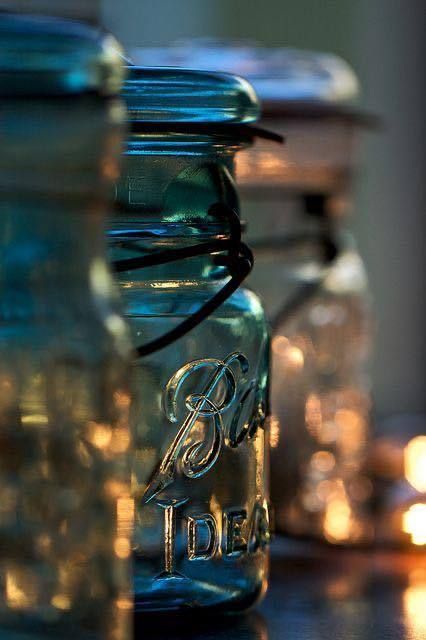
~ Teal and Copper ~
243 notes
·
View notes
Photo
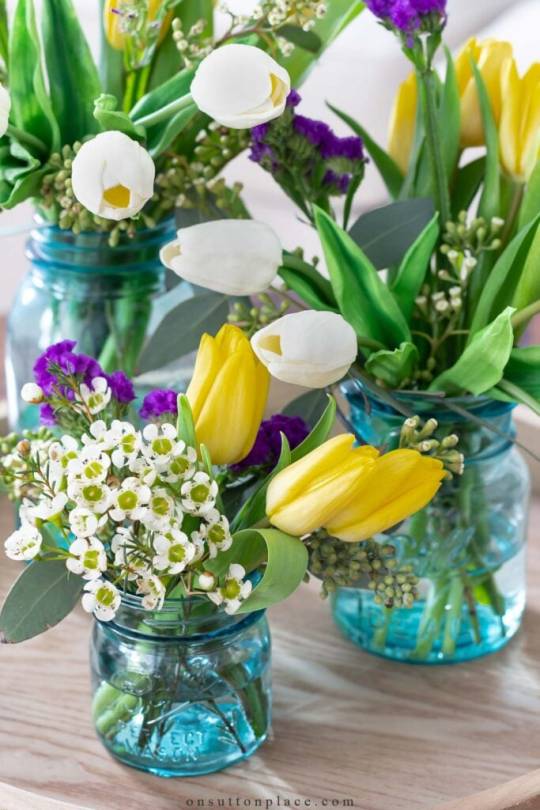
Home Decor Ideas: Decorating With Collections - On Sutton Place
43 notes
·
View notes
Photo

Hot Chocolate Mix - EASY (Just 5 MINUTES) | Playful Cooking
39 notes
·
View notes
Text
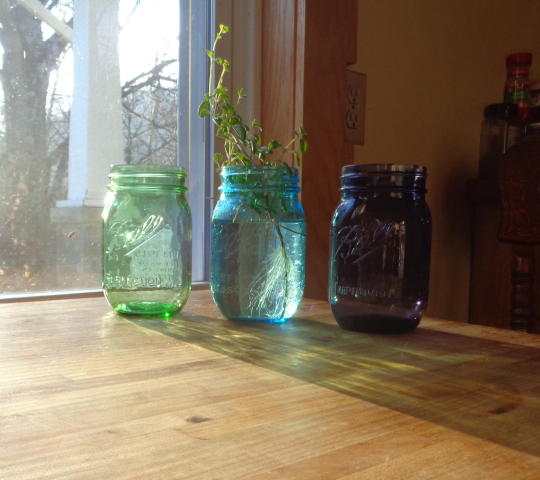
Yes, they ridiculously upcharge the beautiful "vintage-style" colored Ball jars. But I love them, I love them. I saw some rose-pink ones recently, and in my heart I am yearning. There are 'decorative only' knock-offs available that are not real canning jars, but I actually USE these for canning, so those are not ok.
Pink.
20 notes
·
View notes
Text
Shifty signs at Goodwill in Greensboro, NC

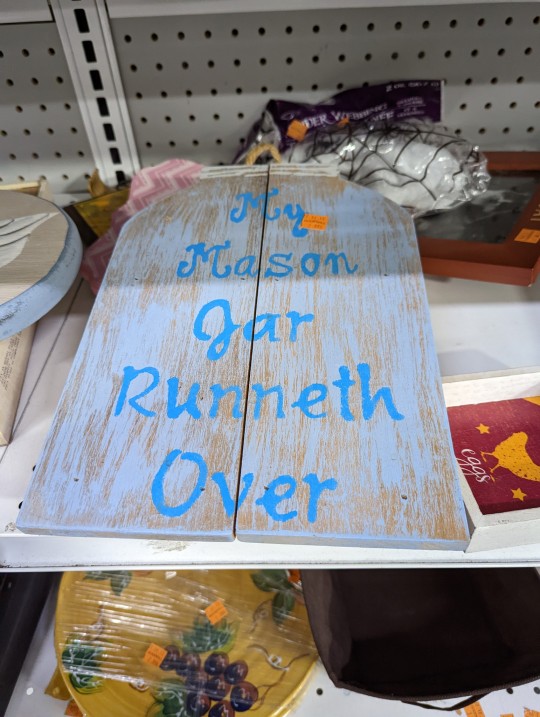
229 notes
·
View notes
Text
Before I moved I bought a big pack of mason jars at Publix, and the cashier asked me what kind of preserves or sauce I was cooking, and she looked at me like a lunatic when I said I was actually gonna use them to sort my loose change.
Is this not normal?
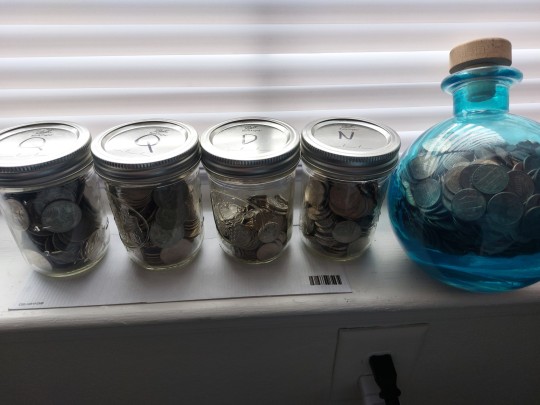
I had too many pennies, so I put them in a fancy vodka bottle my dad gave me (the empty bottle, not the vodka, I don't drink)
25 notes
·
View notes
Text


There are those who can, and then there are those who don't.
1950
#product pamphlet#canning#mason jars#kerr jars#1950#1950s#1950's#vintage illustration#illustration#ephemera#humour#funny#humor
44 notes
·
View notes
Text

i went for a walk with my mom this morning. she told me stories about the tornado that tore up dunwoody twenty five years ago and how every guy in a twenty mile radius with a chainsaw drove over there and went ham on fallen trees for a week like it was some kind of theme park for frustrated suburban lumberjacks
#why the last snow on earth may be red#homesickness#when he paused at the end of a joke#mason jars#mid century middens#abandoned farms#river weed#found a cooler full of beer lost in the bushes by the river#pandemic era#fourth spring#i don't know how but they found me#coming out of the dryer vent by my open bedroom window#my neighbor's fabric softener smells like the soundtrack for a pharmaceuticals commercial
30 notes
·
View notes
Text
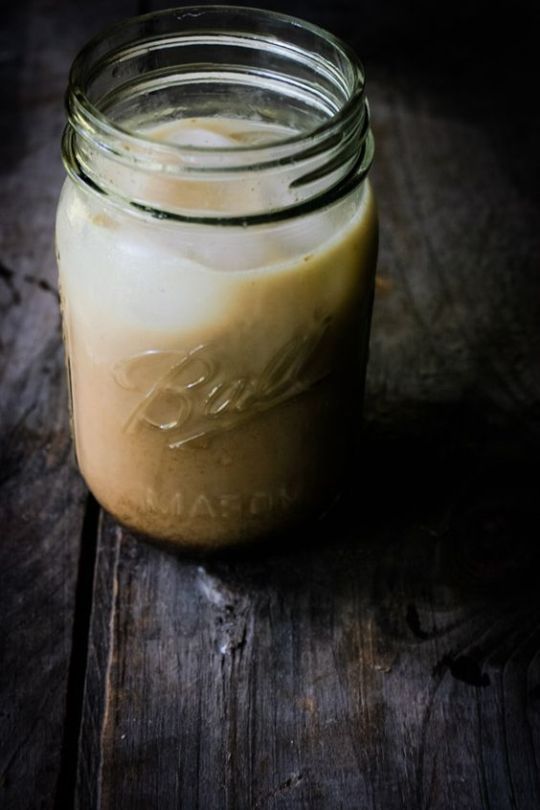
7 notes
·
View notes
Photo

~ Aqua and Pink ~
92 notes
·
View notes
Text
just wanted to thank the queer community for inventing drinking iced coffee out of jars.
i truly adore how any soup, sauce, jam, fruit, veggie, honey and so forth jars, can now become a vessel for my cold brew and oat milk concoctions
11 notes
·
View notes
Photo

How to transition your home from summer to autumn - French Country Cottage
27 notes
·
View notes
Photo
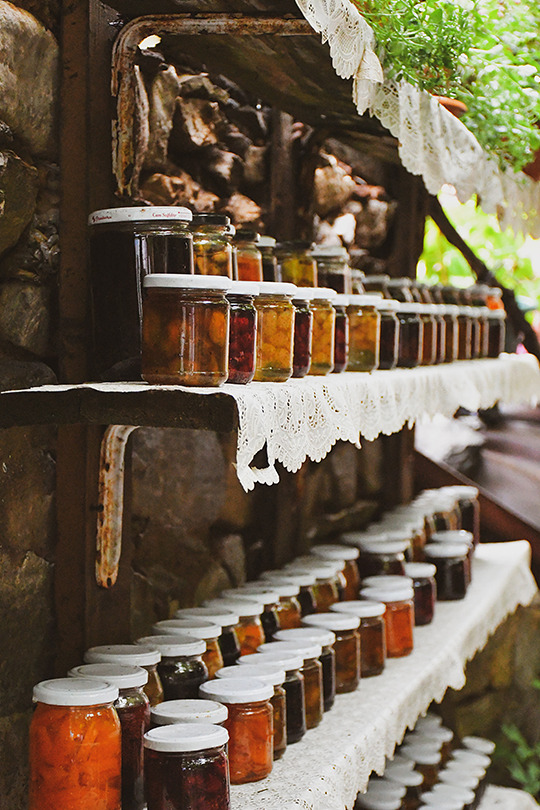
(by Merve Sezer on Pexels)
#Autumn#Autumn Aesthetic#Autumncore#Fall Aesthetic#Autumn Cozy#Fall Blog#Photography#preserves#mason jars#cozy#cottagecore
51 notes
·
View notes
Text
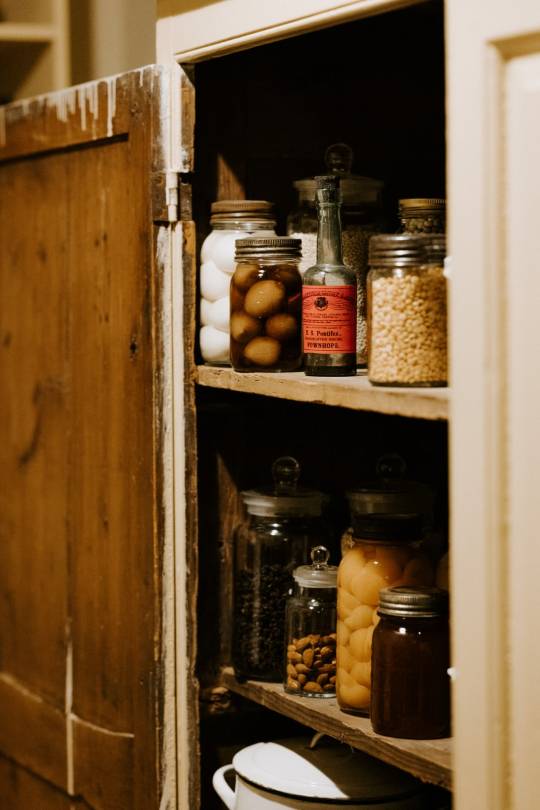
#kitchen#storage#cupboard#preserves#jars#mason jars#canning#farmhouse#cottagecore#food storage#wood#wooden#rustic
74 notes
·
View notes
Text
Happy International Can-It-Forward Day!
Well, technically International Can-It-Forward Day is August 1st, but we're getting started a day early. To celebrate, this week we're bringing to you some books on canning and food preserving from our foodways and cookery collections.

To start, we have the Ball Blue Book of Home Canning, Preserving & Freezing (1949) by the Ball Corporation, the patrons of Can-It-Forward Day and an early creator of mason jars and other home canning supplies.
The book gets started with a vocabulary lesson of jar anatomy, food descriptions, and common hazards in food preserving chemistry:
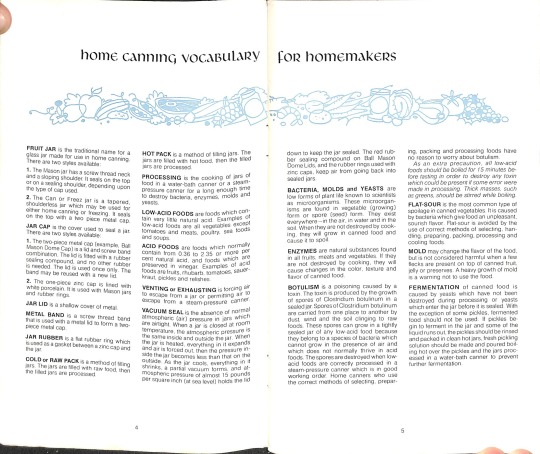
The next lesson gives more in depth information on molds, yeast, bacteria, and enzymes. We thought the little guys were cute!

Of course, can't make a book about canning and preserving without some product advertisement!

And, lastly, a sample recipe for canning peaches:

Image transcripts are below the cut.
The Browne Popular Culture Library (BPCL), founded in 1969, is the most comprehensive archive of its kind in the United States. Our focus and mission is to acquire and preserve research materials on American Popular Culture (post 1876) for curricular and research use. Visit our website at https://www.bgsu.edu/library/pcl.html.
Image 2: Home Canning Vocabulary for Homemakers
FRUIT JAR is the traditional name for a glass jar made for use in home canning. There are two styles available:
The Mason jar has a screw thread neck and a sloping shoulder. It seals on the top or on a sealing shoulder, depending upon the type of cap used.
The Can or Freez jar is a tapered, shoulderless jar which may be used for either home canning or freezing. It seals on the top with a two piece metal cap.
JAR CAP is the cover used to seal a jar. There are two styles available:
The two-piece metal cap (example, Ball Mason Dome Cap) is a lid and screw band combination. The lid is fitted with a rubber sealing compound, and no other rubber is needed. The lid is used once only. The band may be reused with a new lid.
The one-piece zinc cap is lined with white porcelain. It is used with Mason jars and rubber rings.
JAR LID is a shallow cover of metal.
METAL BAND is a screw thread band that is used with a metal lid to form a two-piece metal cap.
JAR RUBBER is a flat rubber ring which is used as a gasket between a zinc cap and the jar.
COLD or RAW PACK is a method of filling jars. The jars are filled with raw food, then the filled jars are processed.
HOT PACK is a method of filling jars. The jars are filled with hot food. then the filled jars are processed.
PROCESSING is the cooking of jars of food in a water-bath canner or a steam-pressure canner for a long enough time to destroy bacteria, enzymes, molds and yeasts.
LOW-ACID FOODS are foods which con-tain very little natural acid. Examples of low-acid foods are all vegetables except tomatoes and meats, poultry, sea foods and soups.
ACID FOODS are foods which normally contain from 0.36 to 2.35 or more per cent natural acid, and foods which are Preserved in vinegar. Examples of acid foods are fruits, rhubarb, tomatoes, sauer-kraut, pickles and relishes.
VENTING or EXHAUSTING is forcing air to escape from a jar or permitting air to escape from a steam-pressure canner.
VACUUM SEAL is the absence of normal atmospheric (air) pressure in jars which are airtight. When a jar is closed at room temperature, the atmospheric pressure is the same inside and outside the jar. When the jar is heated, everything in it expands and air is forced out, then the pressure in-side the jar becomes less than that on the outside. As the jar cools, everything in it shrinks. a partial vacuum forms, and atmospheric pressure of almost 15 pounds Per square inch (at sea level) holds the lid down to keep the jar sealed. The red rubber sealing compound on Ball Mason Dome Lids, and the rubber rings used with zinc caps. keep air from going back into sealed jars.
BACTERIA, MOLDS and YEASTS are low forms of plant life known to scientists as microorganisms. These microorganisms are found in vegetable (growing) form or spore (seed) form. They exist everywhere —in the air, in water and in the soil. When they are not destroyed by cooking. they will grow in canned food and cause it to spoil.
ENZYMES are natural substances found in all fruits. meats and vegetables. If they are not destroyed by cooking. they will cause changes in the color, texture and flavor of canned food.
BOTULISM is a poisoning caused by a toxin. The toxin is produced by the growth of spores of Clostridium botulinum in a sealed jar. Spores of Clostridium botulinum are carried from one place to another by dust, wind and the soil clinging to raw foods. These spores can grow in a tightly sealed jar of any low-acid food because they belong to a species of bacteria which cannot grow in the presence of air and which does not normally thrive in acid foods. The spores are destroyed when low-acid foods are correctly processed in a steam-pressure canner which is in good working order. Home canners who use the correct methods of selecting, preparing, packing and processing foods have no reason to worry about botulism. As an extra precaution, all low-acid foods should be boiled for 15 minutes be-fore tasting in order to destroy any toxin which could be present if some error were made in processing. Thick masses, such as greens, should be stirred while boiling.
FLAT-SOUR is the most common type of spoilage in canned vegetables. It is caused by bacteria which give food an unpleasant, sourish flavor. Flat-sour is avoided by the use of correct methods of selecting. handling, preparing, packing, processing and cooling foods.
MOLD may change the flavor of the food, but is not considered harmful when a few flecks are present on top of canned fruit, jelly or preserves. A heavy growth of mold is a warning not to use the food.
FERMENTATION of canned food is caused by yeasts which have not been destroyed during processing or yeasts which enter the jar before it is sealed. With the exception of some pickles, fermented food should not be used If pickles be-gin to ferment in the jar and some of the liquid runs out, the pickles should be rinsed and packed in clean hot jars, fresh pickling solution should be made and poured boiling hot over the pickles and the jars processed in a water-bath canner to prevent further fermentation.
Image 3: Here are some tips on destroying the MOLDS, YEAST, BACTERIA and ENZYMES that could spoil your canning and preserving
WE ARE . . . Microorganisms which are found in the soil, in the water, in the air and on all surfaces with which we come in contact. If we are not destroyed by heat during processing canned foods, we cause the food to spoil: and. if the jar is not sealed when stored away we sneak into the jar and cause spoilage.
We, the molds, form fuzzy patches on food. We the yeasts, cause food to ferment. BOTH of us thrive on fruits and tomatoes and also on jams. jellies and pickles. We are easily destroyed by heat so the acid foods can be processed at a temperature of 212°F in a boiling water bath canner.
Our friends, the bacteria, give food an unnatural flavor called flat sour, and they cause food to become soft and slimy. Bacteria prefer the low acid foods—vegetables and meats. Some of them are very hard to destroy, so the low acid foods must be processed at 240°F. in a steam pressure canner.
(Image: Drawing of molds, yeasts, and bacteria with angry faces)
(Image: Drawing of a man looking through a microscope at a large, scowling creature)
WHAT ARE ENZYMES?
We are chemical substances found in all plants and animals If uncooked foods are not used while fresh. We cause changes in color. texture and flavor If we are NOT destroyed by heat during processing, we cause the same changes in canned foods
(Image: Drawing of two men in a chemistry lab)
MANY FACTORS AFFECT HOW LONG FOOD HAS TO BE PROCESSED IN ORDER TO… DESTROY US
Not only the acidity of the food and the temperatures under which the foods are processed. but also how many of us microorganisms are present in the food and how quickly the heat penetrates to the center of the jai Consequently. to insure we are destroyed. we suggest you follow the recommended methods and times for processing each food as found in the Blue Book. And please remember to check the jars you have sealed before storing them away in a cool dark place ready for use later in the year.
(Image: eight Ball mason jars of various sizes)
Image 4: How to Use Ball Jars and Fittings
(Image: Drawing of two Ball mason jars of different heights with their lids off)
BALL MASON JARS
Examine jars with fingertips for nicks. chips and cracks in sealing surface.
Discard ones unsuitable for canning.
Wash jars in hot soapy water and rinse well.
Do not use wire brushes, steel wool or washing soda for cleaning jars; they are apt to damage glass.
Place in hot water until ready to fill. It is not necessary to boil jars in which food is to be processed.
Seal with Ball Mason Dome Caps or zinc caps and rubber rings. Follow directions for filling and sealing according to fittings being used.
A sudden change of temperature is apt to cause any jar to break. Never put a hot jar on a cold surface or in a draft. Never Pour boiling liquid into a cool jar.
BALL CAN OR FREEZ JARS
To use for canning following step-by-step instructions for Ball Mason Jars.
For jellies, jams, conserves, marma-lades, preserves, see instructions for each section. The sections are listed in table of contents and in the index.
Ball Can or Freez Jars may also be used for canning pick/es or relishes.
Information for use in freezing, read instructions on page 95 at the beginning of the Freezer Section.
BALL MASON DOME CAPS
Examine top and edges of jar: both must be smooth and even. Old jars were made for shoulder sealing: consequently, the top finish is usually unsuitable for top sealing with Ball Mason Dome Caps.
Wash and rinse lids and bands. Cover lids with water. Bring to simmer (180°F.). Remove from heat. Leave in water until ready to use (Image: drawing of water being poured into a mason jar)
Fill hot jar. Leave 1-inch head space for meats, corn, peas and other low-acid foods; 1/2-inch head space for fruits and acid vegetables. Add liquid to completely cover food solids. Leave 1A-inch head space for juices, preserves. pickles and relishes: Ya-inch head space for jellies.
Remove air bubbles from fruit and vegetable packs by running table knife between food and jar.
Wipe top and screw threads of jar with clean, damp cloth. Put lid on jar. compound next to glass. sealing
Screw band tight but do not use force. Band must screw down evenly all the way around.
Process immediately. using and method for product being canned.
Remove jars from canner. Do not tighten bands after processing Test for seal.
Store without bands. right time
BALL ZINC CAPS
Use new rubber rings. Wash caps and rubbers in hot soapy water Rinse. Keep rubbers wet until needed. If zinc caps have been used. boil them for 15 minutes.
Before filling jar. stretch wet rubber just enough to place flat on sealing shoulder.
See step 3 under Ball Mason Dome Caps for amount of head space to leave when filling jars.
Remove air bubbles from fruit and vegetable packs by running table knife be-tween food and jar.
Wipe top surface of rubber and threads of jar with clean. damp cloth.
Screw cap tight. then loosen about inch.
Process immediately. using right time and method for product being canned.
Remove jars from canner. Slowly screw caps tight . quick turns may cause the rubbers to slip.
Let jars cool about 12-24 hours. Check seal .. if top of cap is low in center, jar is sealed. Do not tighten cap after jar has cooled.
(Image: Drawing of three mason jars with a diamond pattern)
BALL QUILTED CRYSTAL JARS CANNING
Quilted Crystal Jars may be used for canning. Follow directions for using Ball Mason Jars. For preparation of caps follow instructions for Ball Mason Dome Caps.
BALL QUILTED CRYSTAL JARS FREEZING
Quilted Crystal Jars may be used for freezing. Follow directions for preparing Ball Can or Freez Jars on page 95. Excellent for Freezer Jams.
(Image: Drawing of two jelly glasses with a diamond pattern)
BALL QUILTED CRYSTAL JELLY GLASSES
Follow instructions given for jelly glasses in Jelly Section. Sealing with Paraffin -use only for jelly. Do not try to process in canner Lid is only cover and does not seal airtight to obtain vacuum seal
(Image: Drawing of a person testing a mason jar lid according to the instructions below)
HOW TO TEST SEALS OF TWO-PIECE CAP
When jars of food are thoroughly cool. 12-24 hours:
Press center of lid; if lid is down and will not move. jar is sealed Remove band, wipe threads with damp cloth, store.
Or tap the center of the lid with a spoon. A clear ringing sound means a good seal Remove band. wipe threads with damp cloth Store in cool, dark, dry place
Check for airtight seal by tilting the jar slightly. If there is no leakage. remove band. wipe jar clean and store in cool, dark, dry place.
Image 5: Canning Peaches...Step by Step
The raw (cold) pack is shown on these pages. When using Ball Zinc Caps and Mason Jars, prepare, pack and process as shown here.
(Note: each step has an image showing what is described.)
Check jars. Be sure there are no nicks, cracks or sharp edges.
Wash and rinse jars and caps. Leave jars in hot water until ready to use.
Sort, wash and drain only enough firm-ripe peaches for one canner load. Fill water-bath canner handful with hot water. Put canner on to heat. Prepare sugar sirup.
Put peaches in wire basket or cheese cloth. Dip peaches into boiling water 1/2 to 1 minute to loosen skins. Dip into cold water. Drain.
Cut peaches into halves, put and peel. Drop halves into salt-vinegar water (2 tablespoons each to 1 gallon of cold water). Rinse before packing.
Stand hot jar on rubber tray, wood or cloth. Pack peaches, cavity side down, layers overlapping. Leave 1/2-inch head space.
Cover peaches with boiling hot sirup, leaving 1/2-inch head space. It will take 1 to 1 1/2 cups sirup for each quart jar.
Run table knife gently between fruit jar to release air bubbles. Add more sirup if needed.
Wipe top and threads of jar with clean, damp cloth. Put lid on, screw band tight...it must screw down evenly to hold red rubber seal compound against jar top.
As each jar is filled, stand it on rack in canner. Water should be hot, but not boiling. If needed, add more water to cover jars 1 to 2 inches. Put cover on canner.
Bring water to a boil. At altitudes less than 1,000 feet above sea level process pints 25 minutes, quarts 30 minutes, at a gentle but steady boil.
Remove jars from canner. Let cool for about 12 hours. Test for seal. Remove bands. Store without bands.
12 notes
·
View notes
